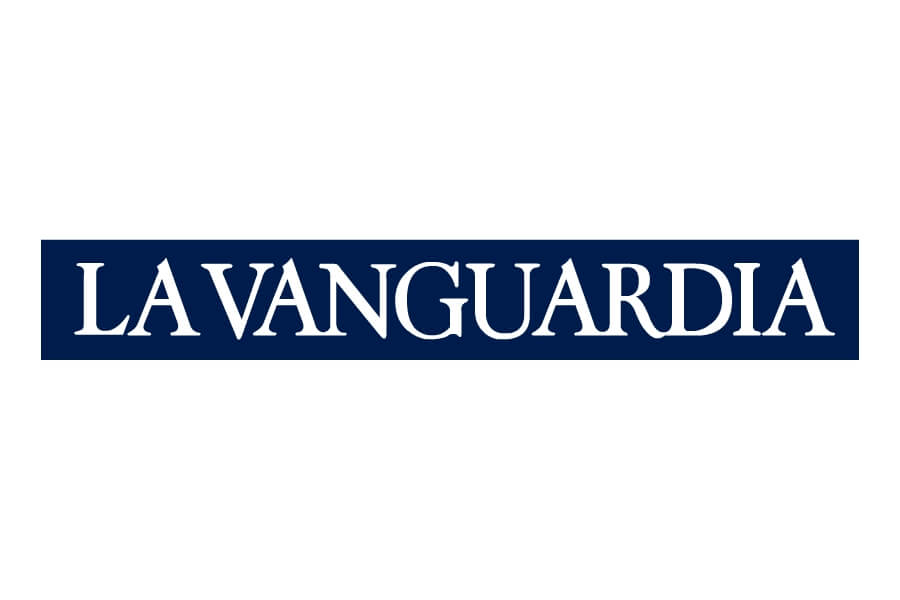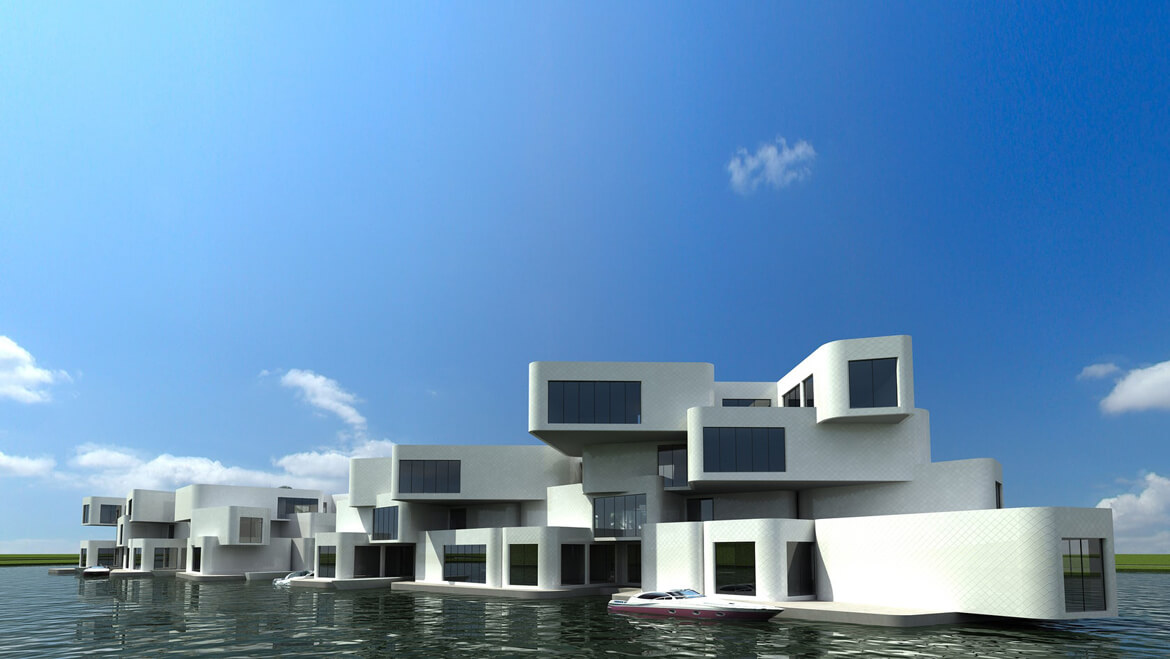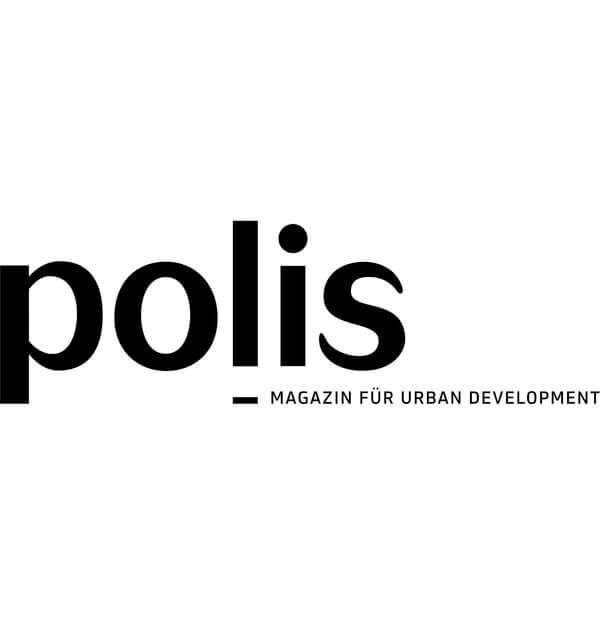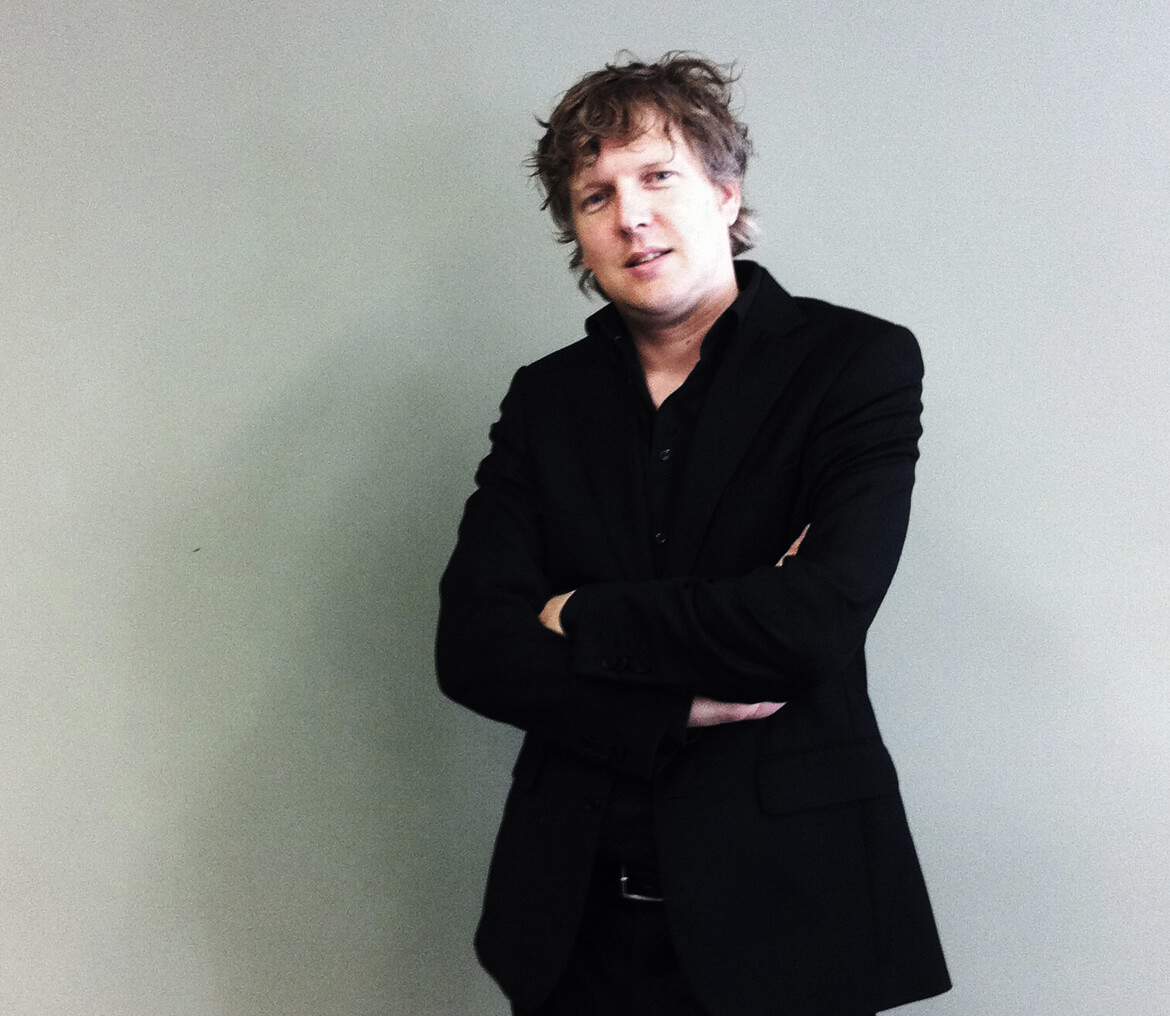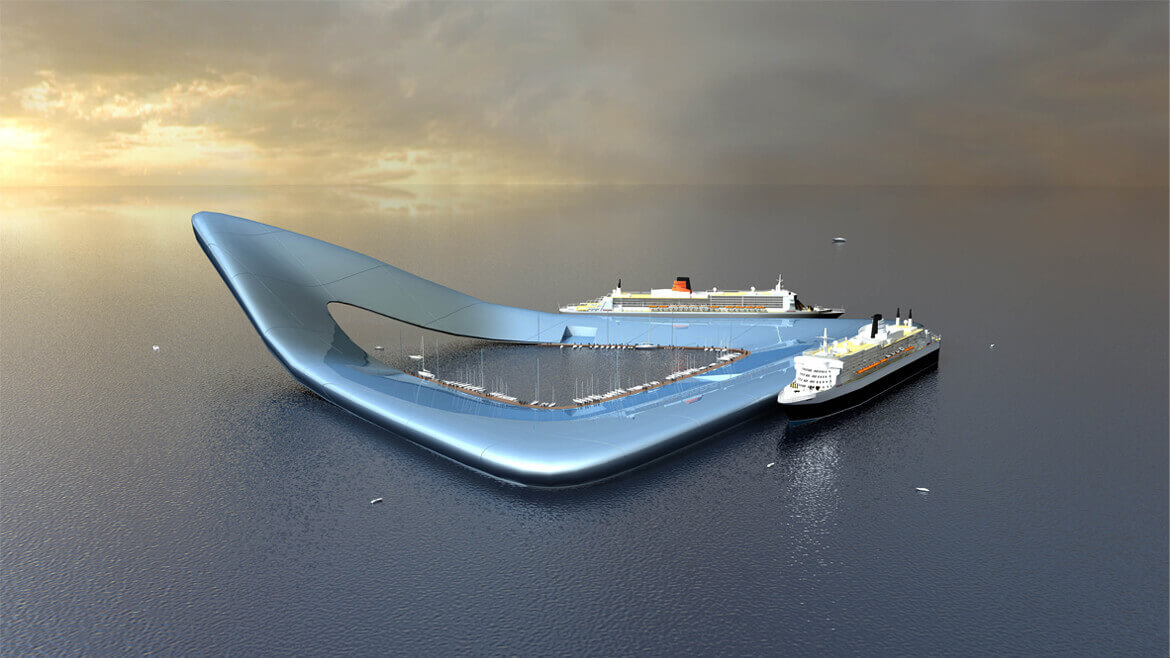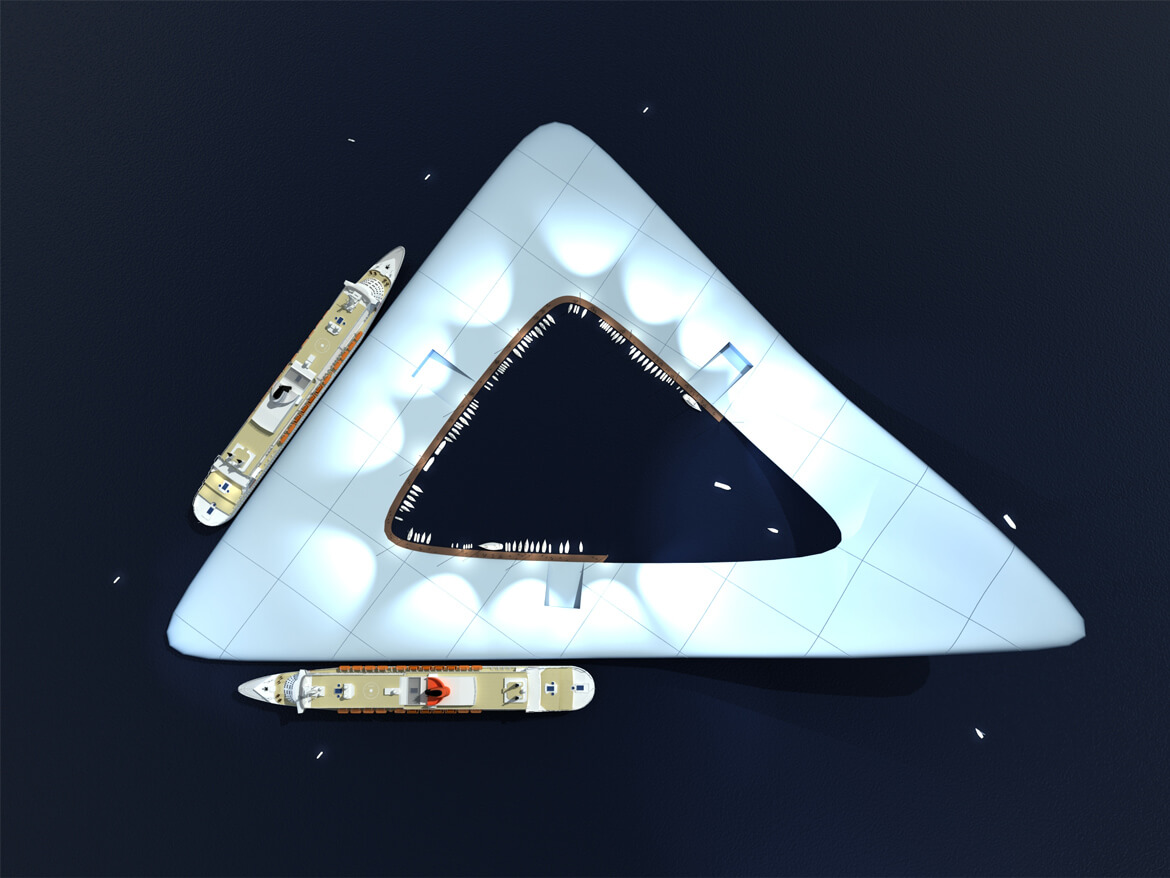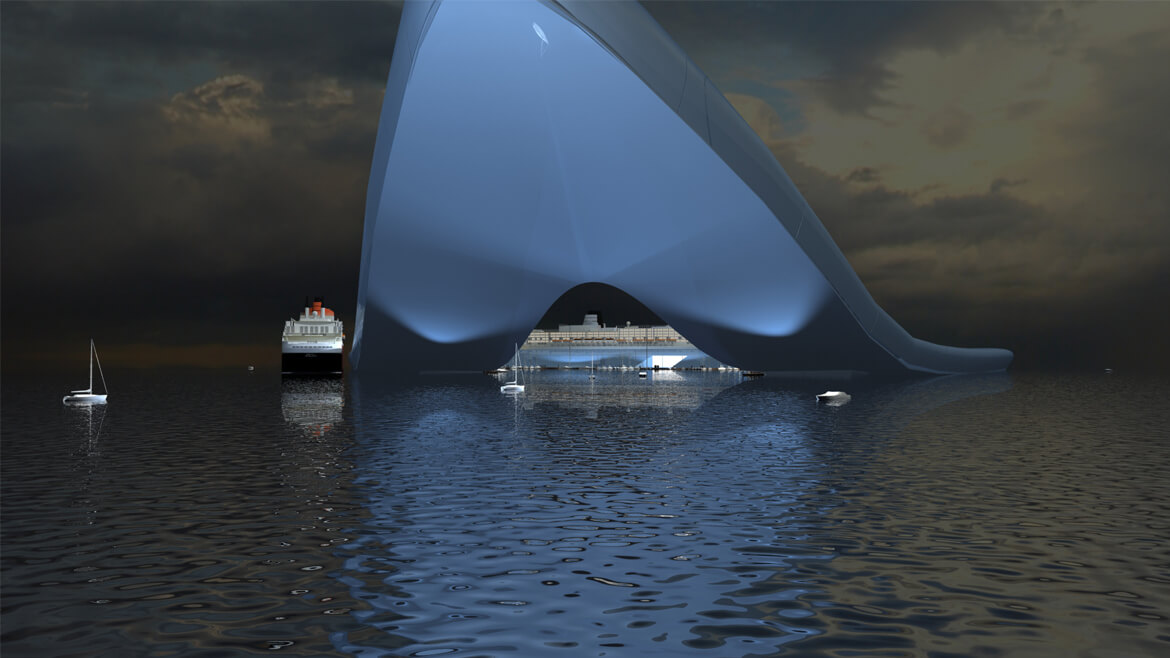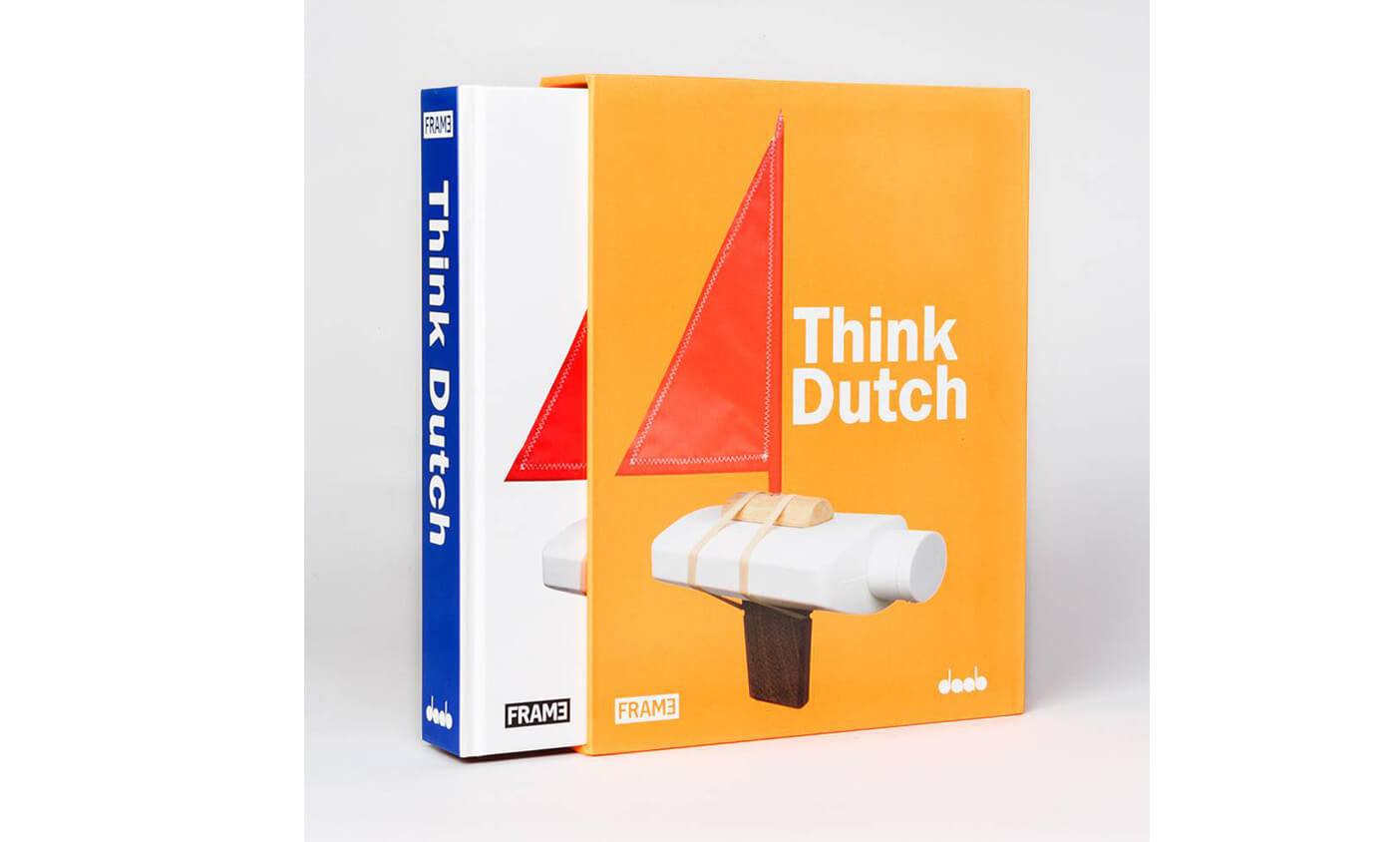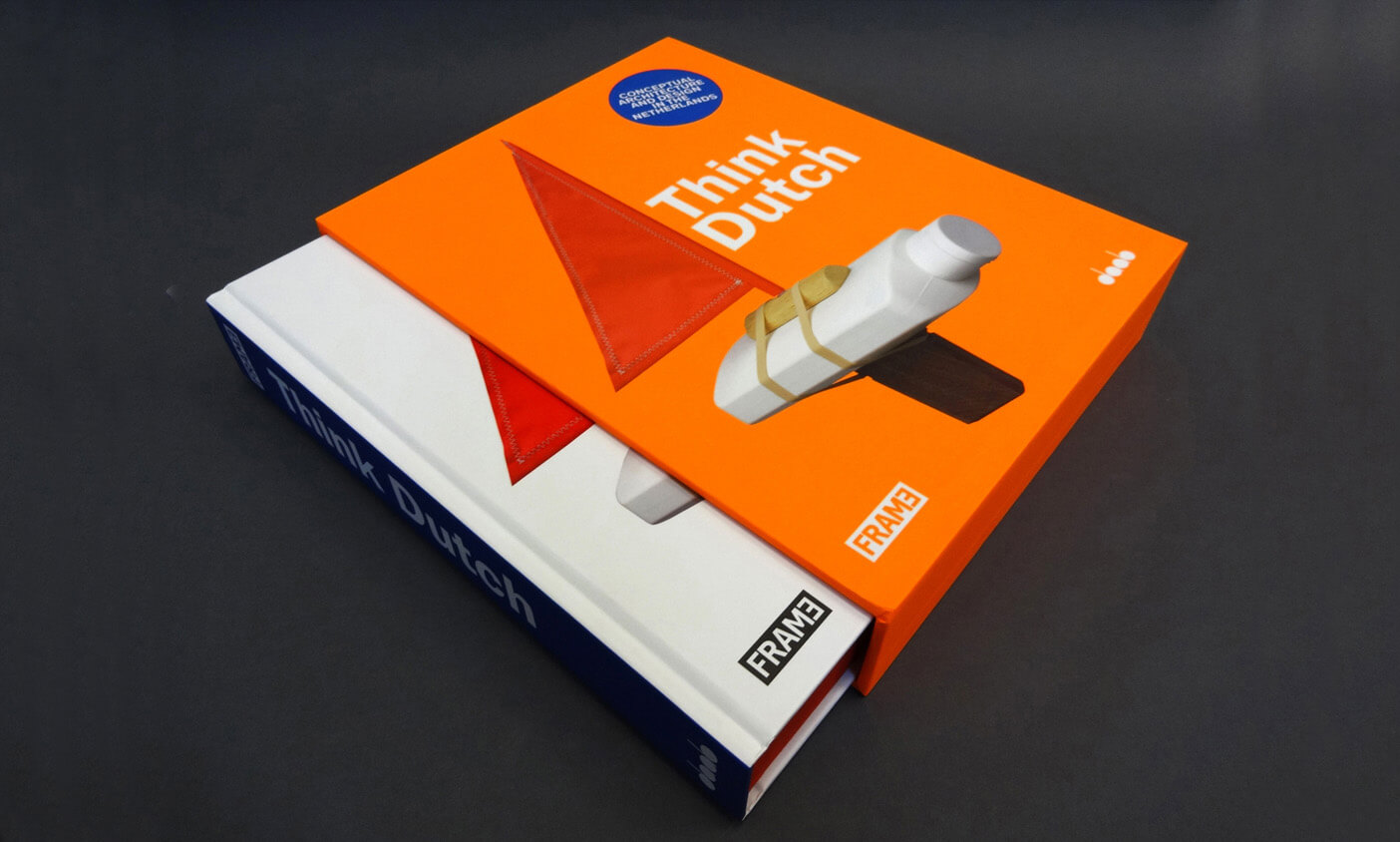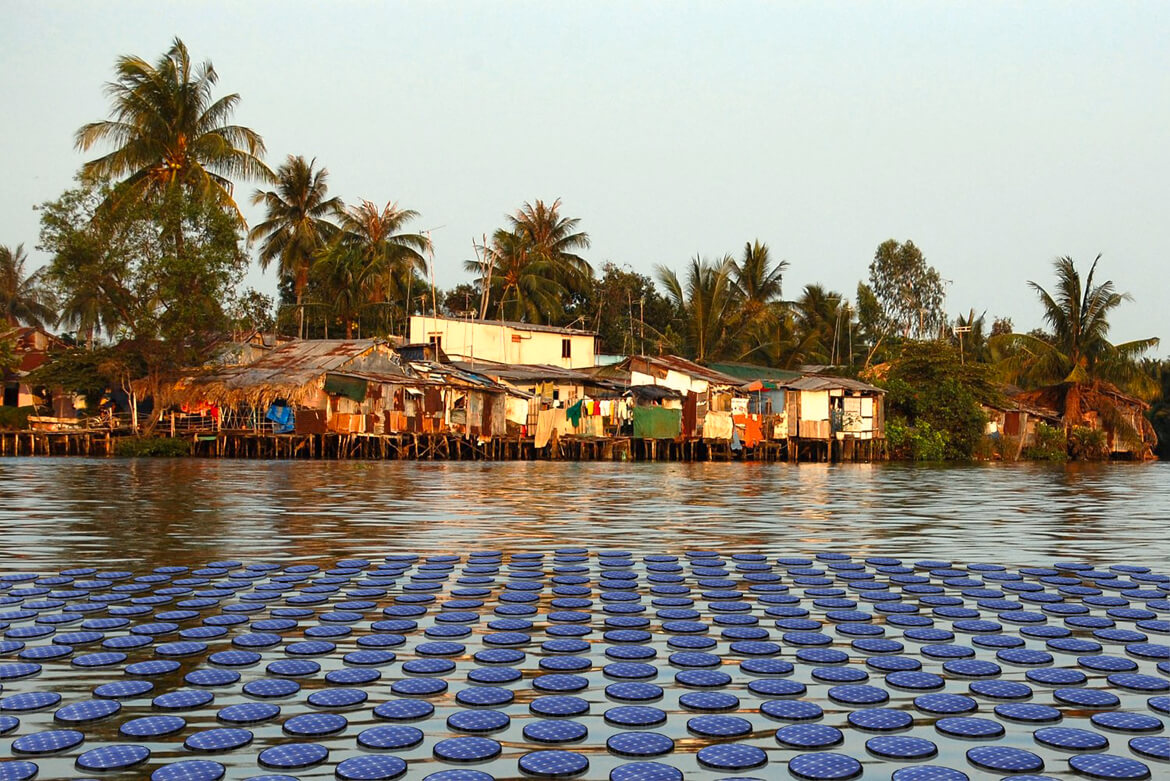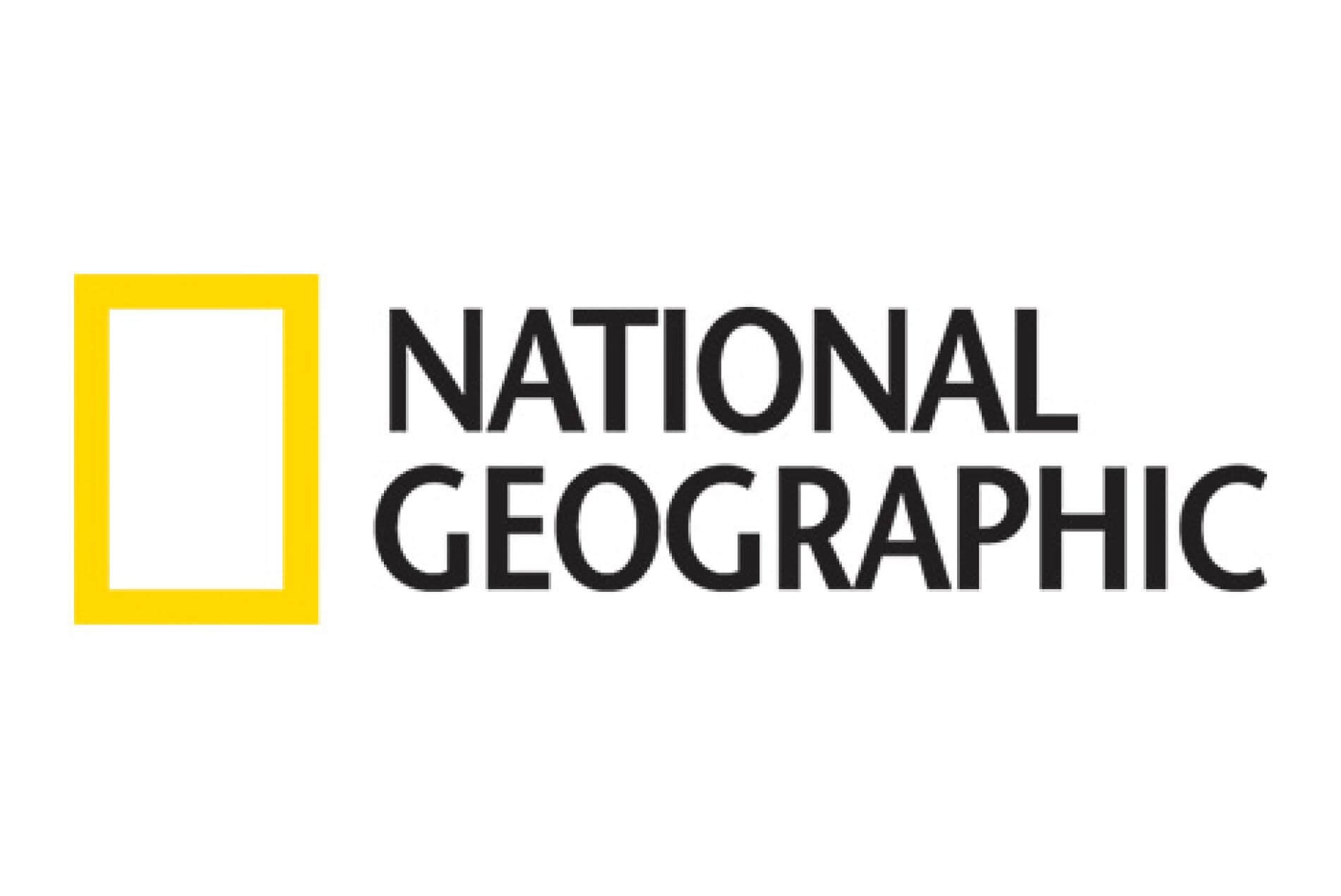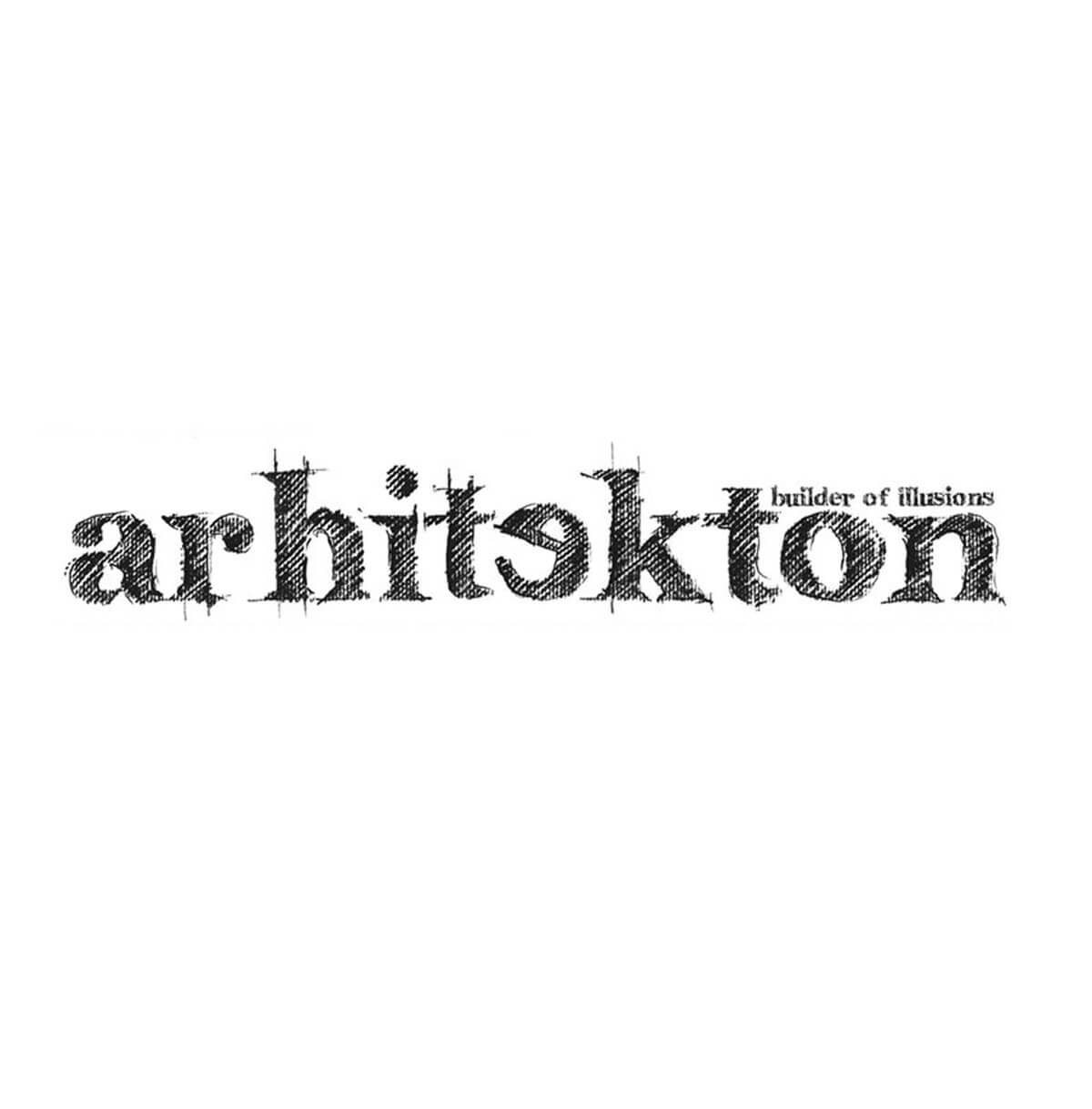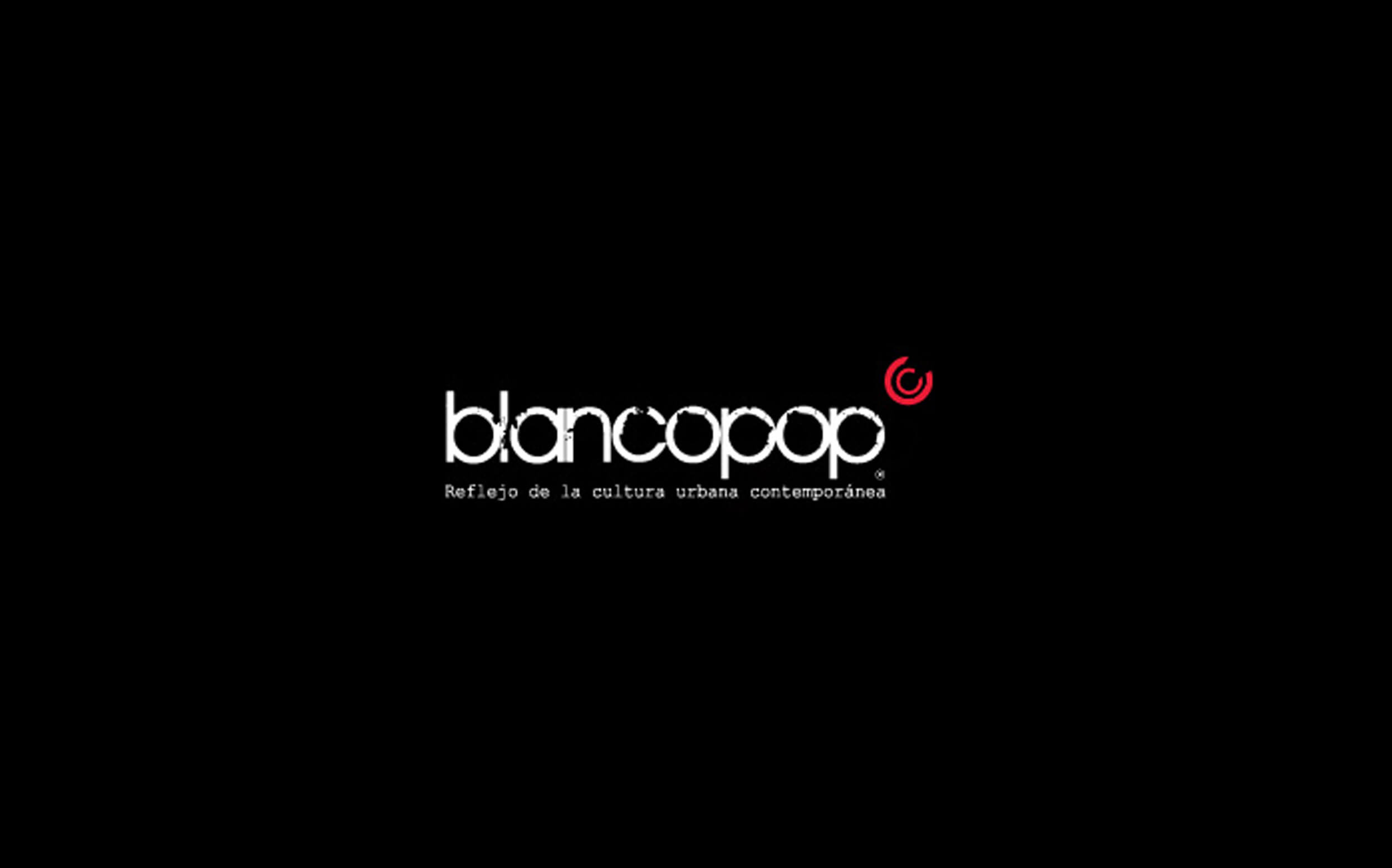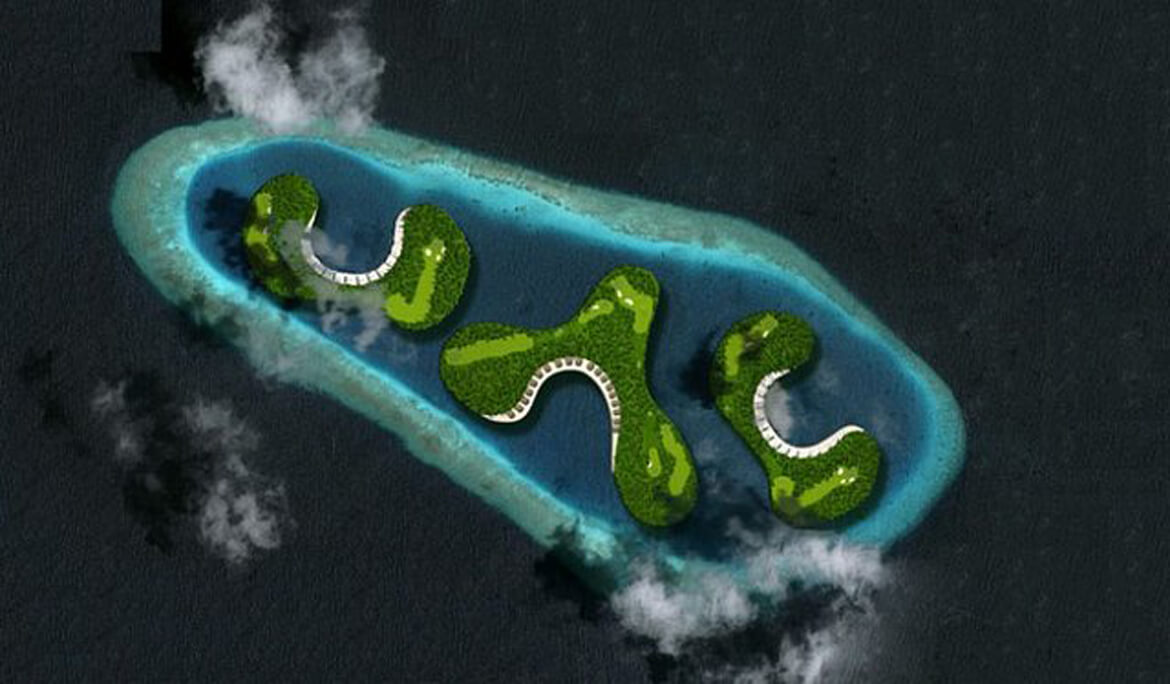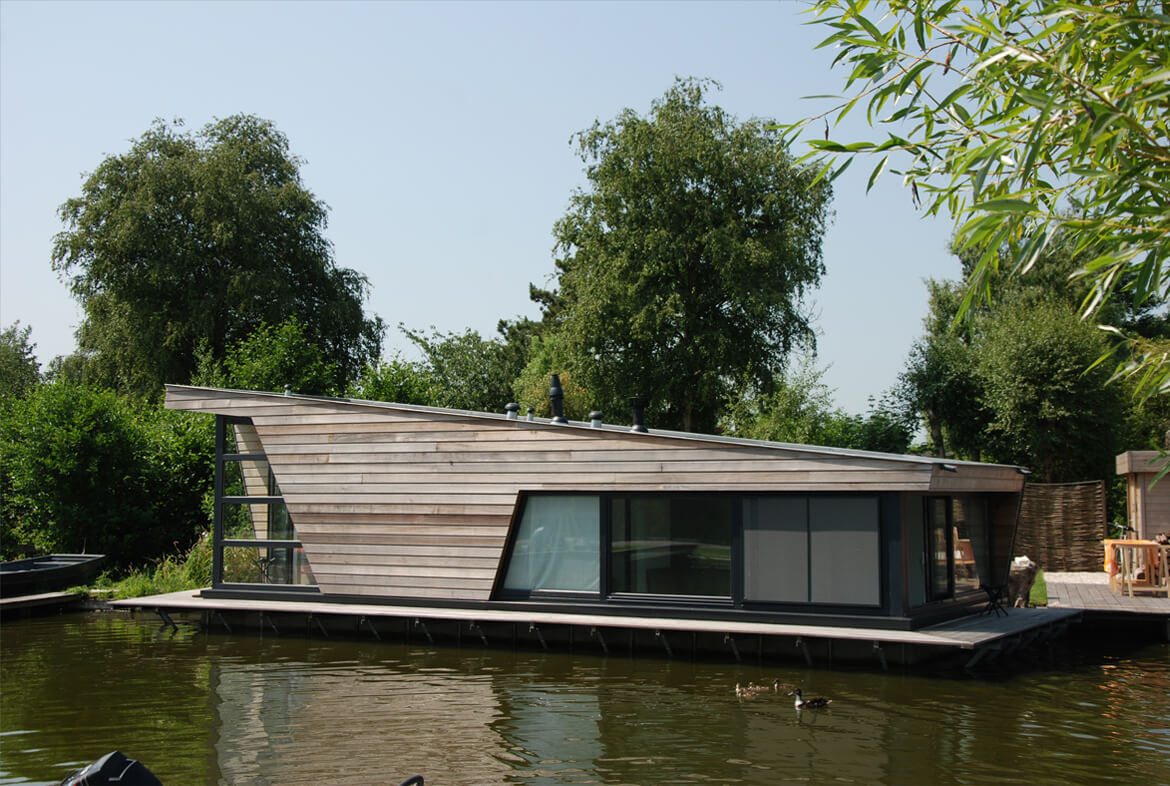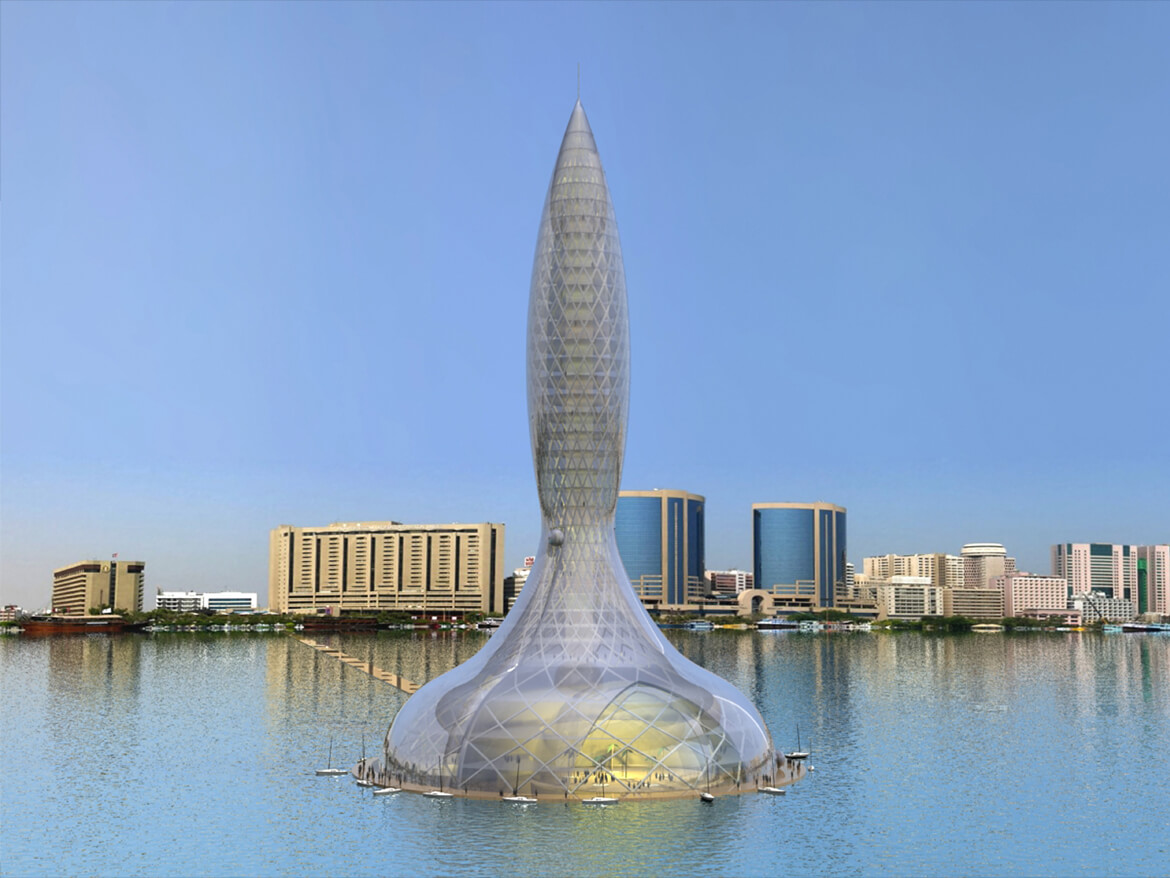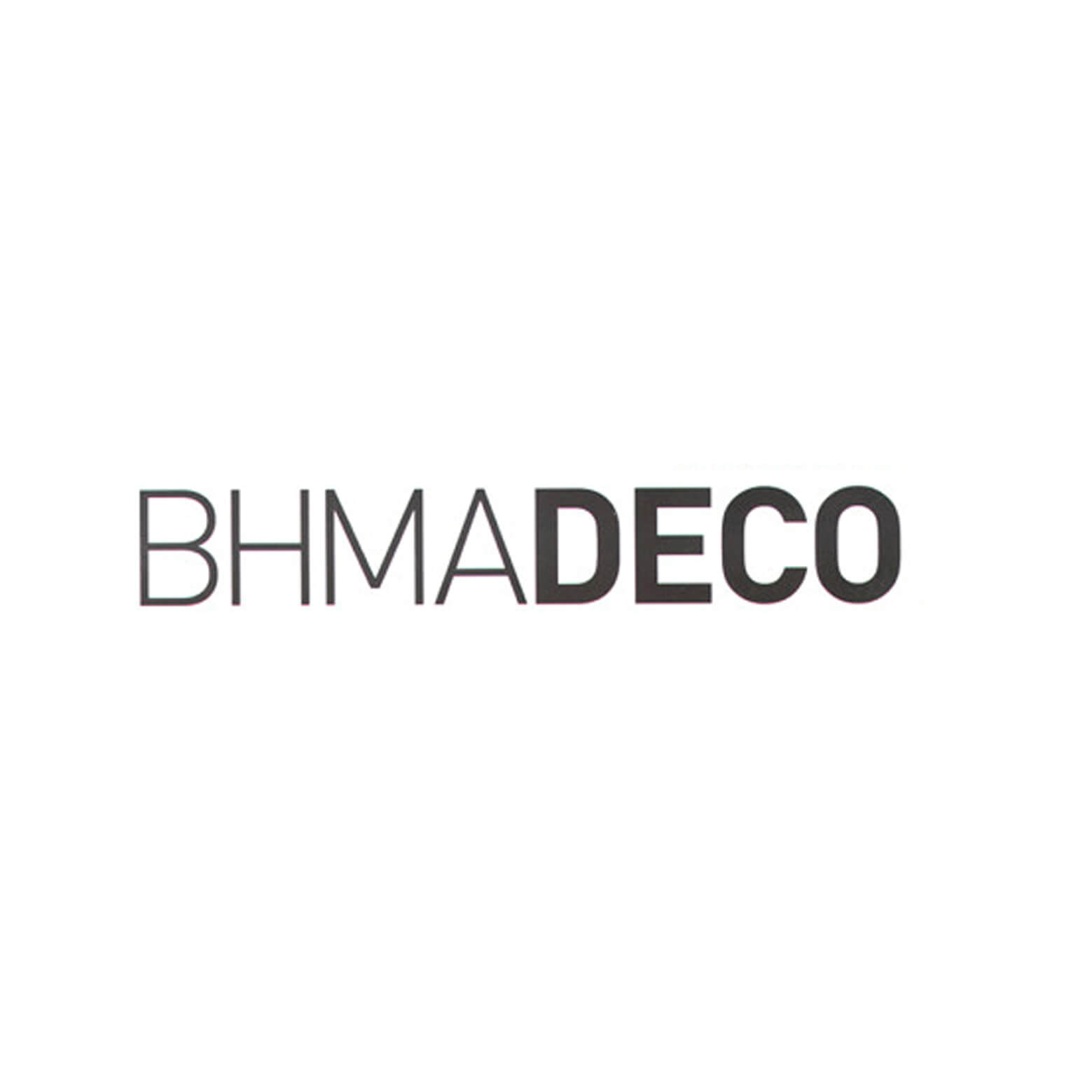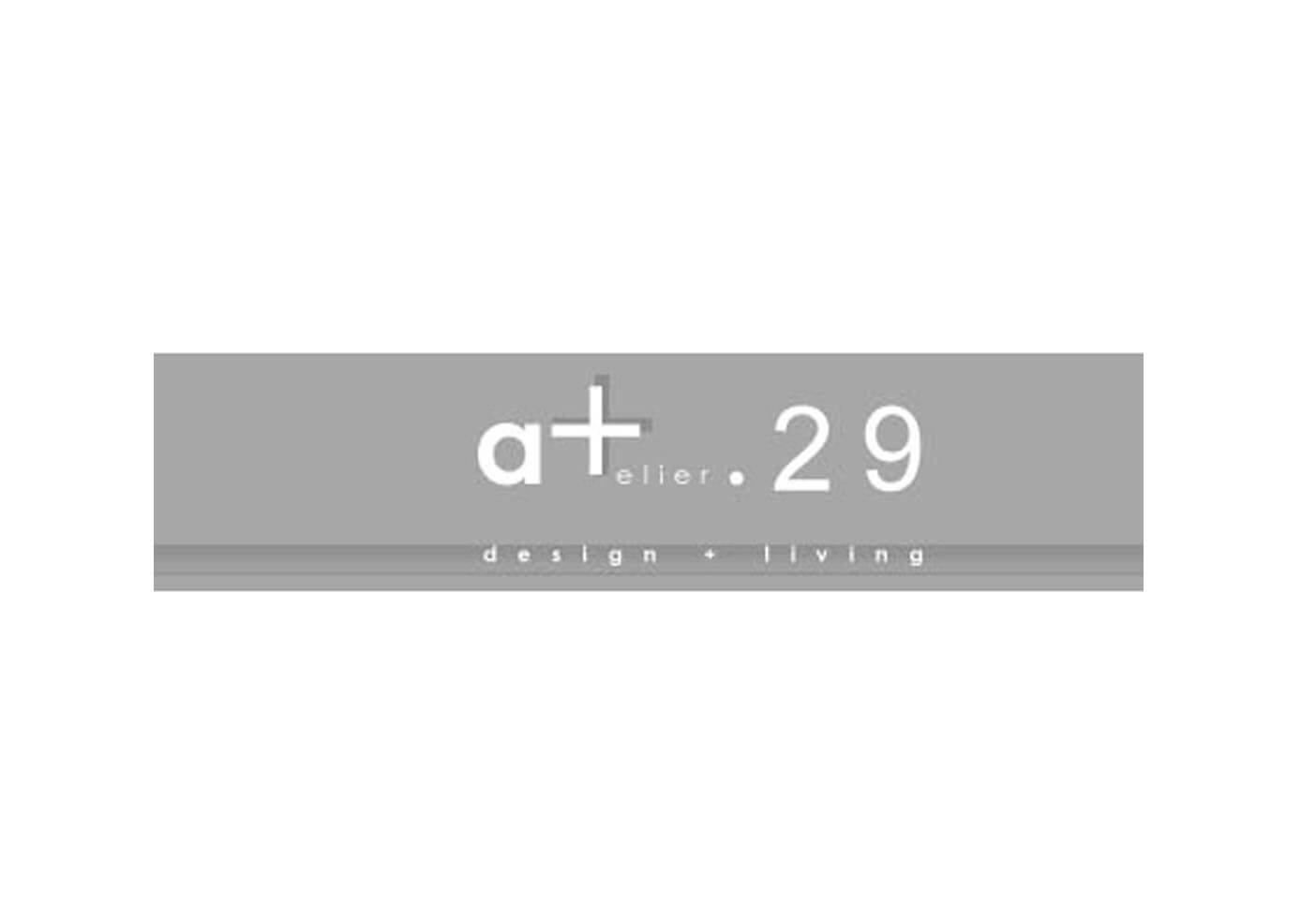Think Dutch, Build on water
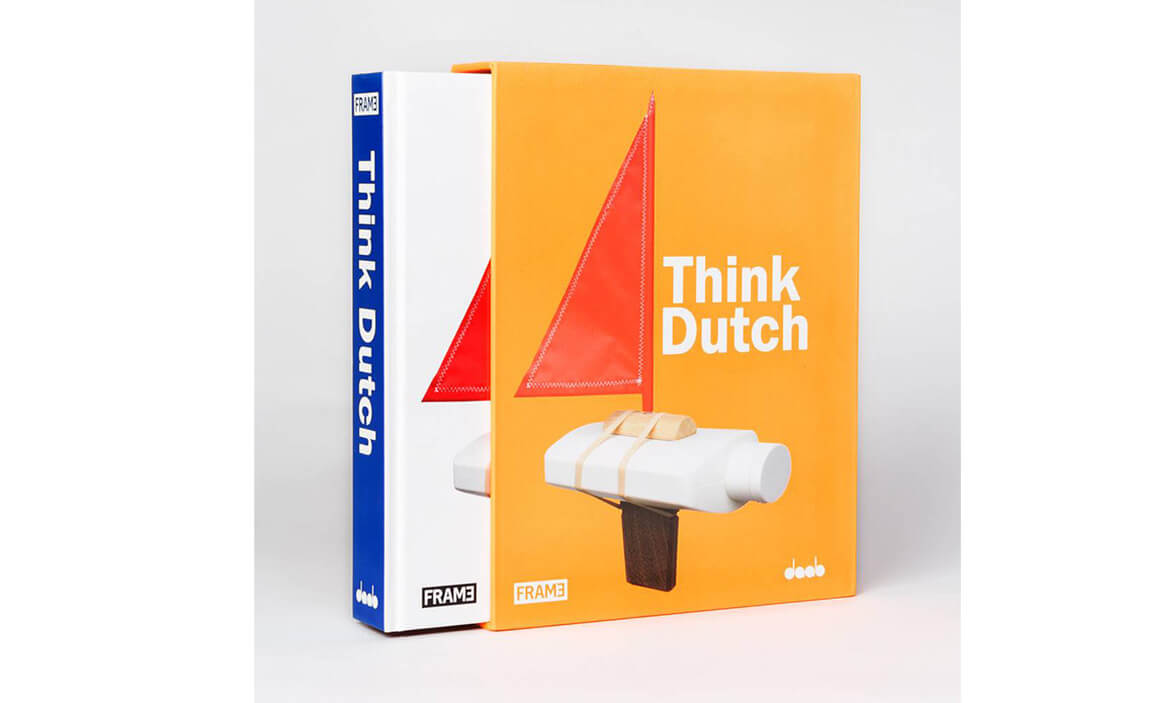
Think Dutch, Robert Thiemann, Jeroen Junte & David Keuning, Dec 2013
Think Dutch! does not make any fundamental distinction between design and architecture. The book groups together the work of the young creative generation into 16 chapters with titles such as “Build on Water”, “Celebrate Food”, “Don’t Create for Eternity” or “Get Educated”. It poses thought-provoking questions such as: “Does this design yield new insight?”, “When does it make sense to use bio-degradable materials in architecture?” and “How can we establish self-sufficient food chains?” It is this critical approach to creative work that has become integral to Dutch architecture and design in recent decades.
This book presents 476 diverse architectural and design projects and products, devised by some of the most creative contemporary minds in this field; all provide positive proof of cutting-edge thinking, and investment in sustainable futures, exciting ideas that are inspirational, leading the way towards a brighter future.
Click here for the full article
Floating cities of the future, National Geographic
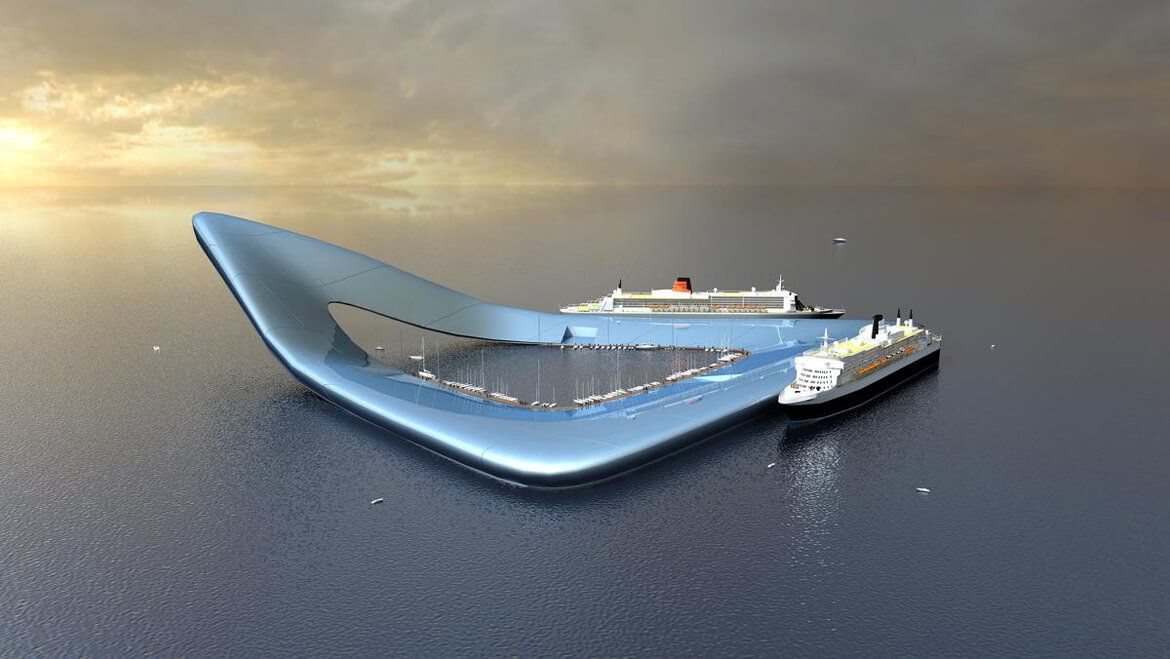
National Geographic, Daily News, Jul 2012
FLOATING CRUISE SHIP TERMINAL
This 5-million-square-foot (490,000-square-meter) floating cruise-ship terminal could host three large vessels while providing passengers a novel offshore experience, complete with open-ocean hotel stays, shopping, and dining, according to designers.
An inner “harbor” would allow smaller vessels to dock and would provide natural light for the interior of the terminal. Ten percent of the roof would be covered in photovoltaic cells that harvest solar power, according to Dutch architect Koen Olthuis of Waterstudio.NL.
The terminal is just a vision now, but Olthuis’s firm, which is committed to buildings that both adapt to and combat the challenges presented by climate change and sea level rise, has made other floating fantasies come to life.
Waterstudio.NL, based in the Netherlands, has worked on a floating city near The Hague and has started projects in the Maldives, China, and the United Arab Emirates.
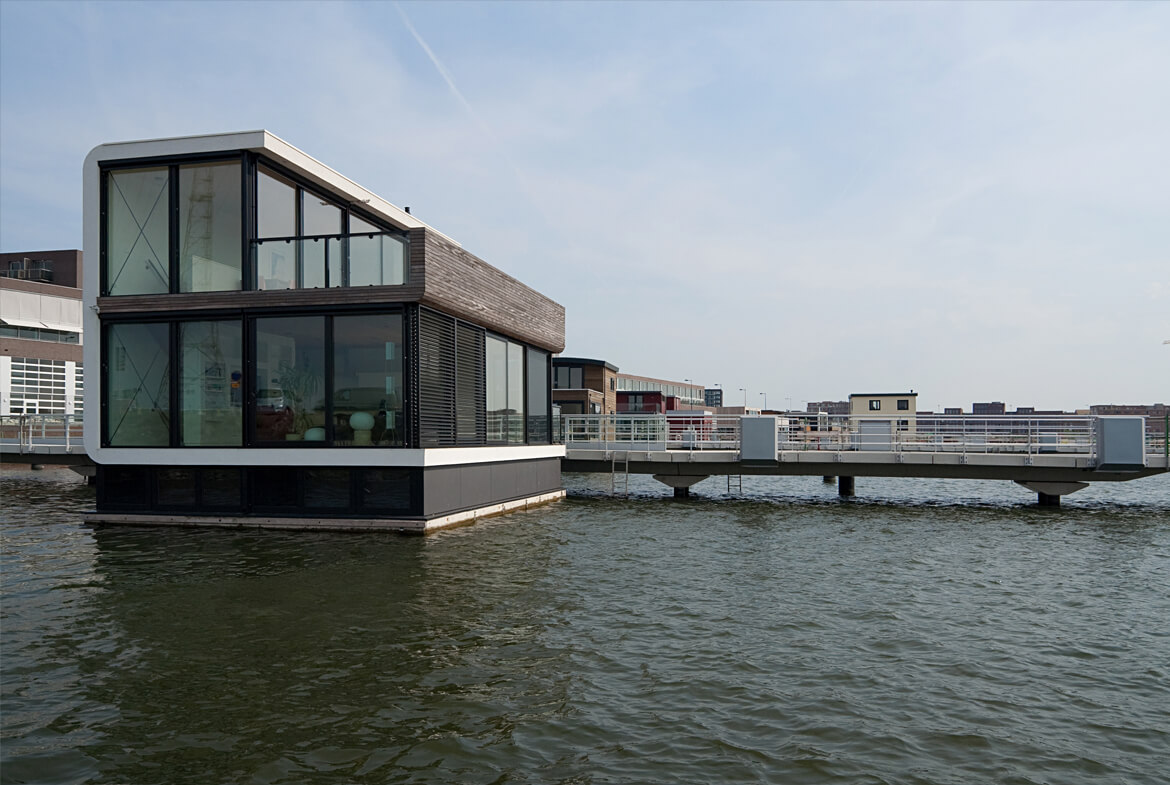
FLOAT HOUSE
Making the most of waterfront views, Dutch architect Koen Olthuis designed this floating single-family water villa in Amsterdam to maximize privacy and versatility.
Completed in 2008, the building’s bedrooms and bathroom are on the first floor, partially below water. Large sliding doors on the top floor open to a wooden deck, offering the illusion of being on a boat.
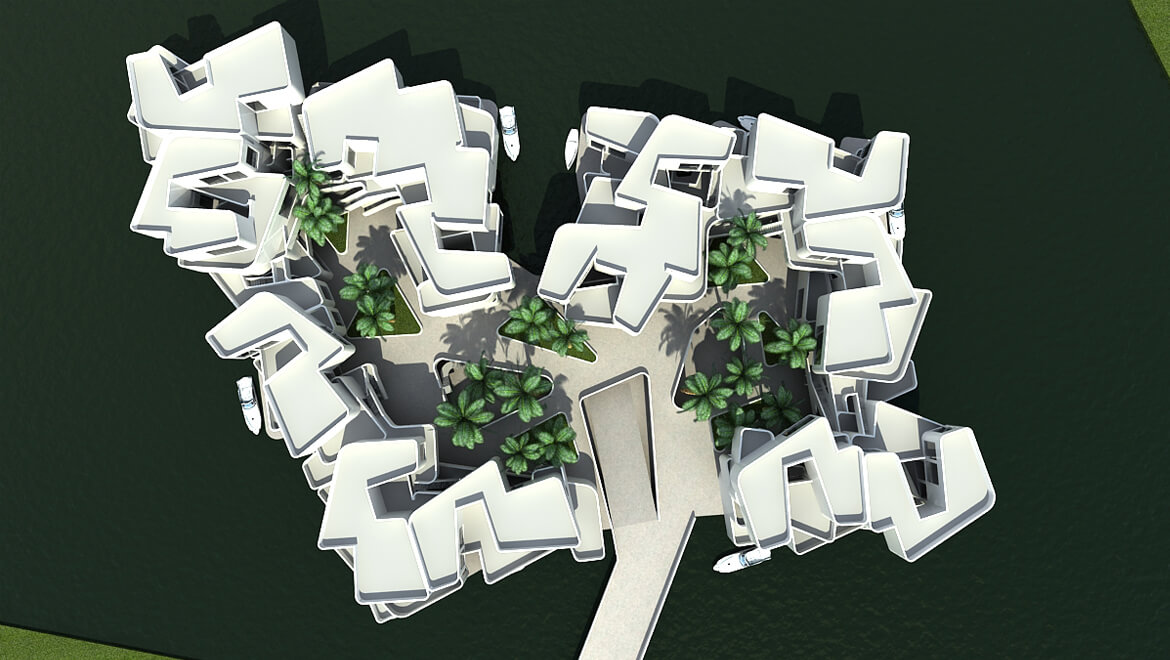
THE CITADEL
Scheduled for completion in 2014, the Citadel could be Europe’s first floating apartment building, according to architect Koen Olthuis of Waterstudio.NL. The 60-unit complex is to be built in the Dutch city of Westland, near The Hague, and is meant to protect people from flooding in a country that sits, to a large degree, below sea level.
Holland is home to more than 3,500 inland depressions, which can fill with water when it rains, when tides come in, or as seas rise overall. These so-called polders are often drained by pumps to protect residents.
Floating single-family homes are not uncommon in this soggy country, but the Citadel—to be built on a flooded polder—will be the first high-density floating residential development. The complex’s floating concrete foundation will be connected to higher ground via a floating road.
Olthuis predicts the Citadel—and its five planned neighbors—will consume 25 percent less energy over its life span than a conventional building.
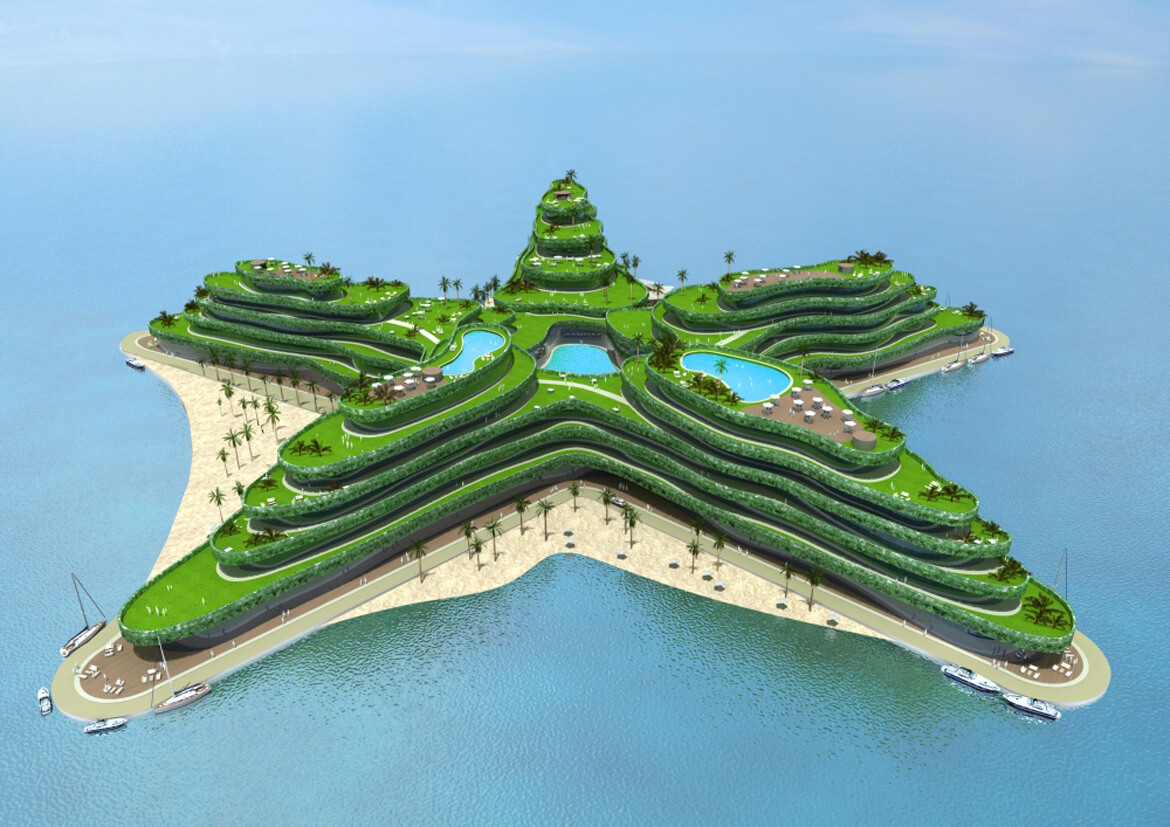
GREEN SEA STAR
Slated to open in 2014, the Greenstar is to be a floating hotel and conference center off the Maldives in the Indian Ocean. The island nation is the world’s lowest-lying country, making it among the most threatened by anticipated climate change-induced sea level rise.
Designed by Waterstudio.NL to blend in with its ocean surroundings, the Greenstar will have room for 800 overnight guests and 2,000 conference attendees.
Intended to be highly efficient, the development’s small environmental footprint is a tribute to the country’s determination to fight global warming, according to Waterstudio.NL architects. Appropriately enough, organizers intend the Greenstar to be the number one meeting place for global climate change discussions.
Territorial expansion, Architekton
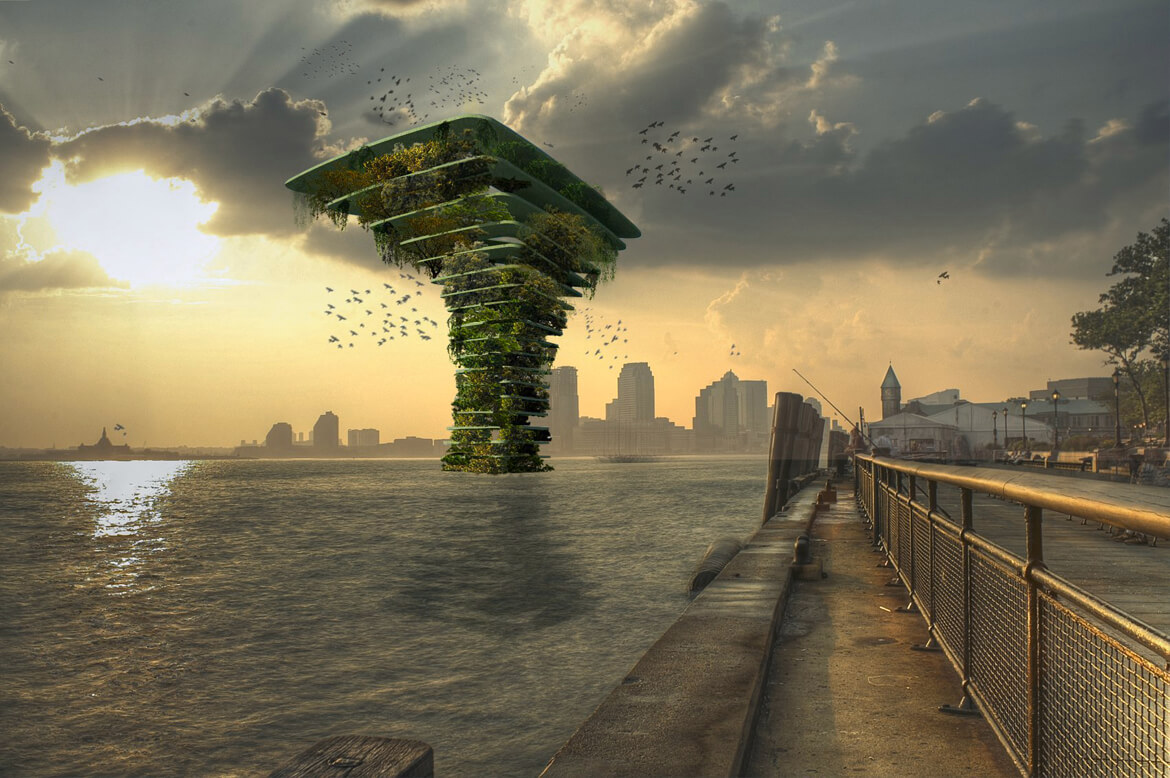
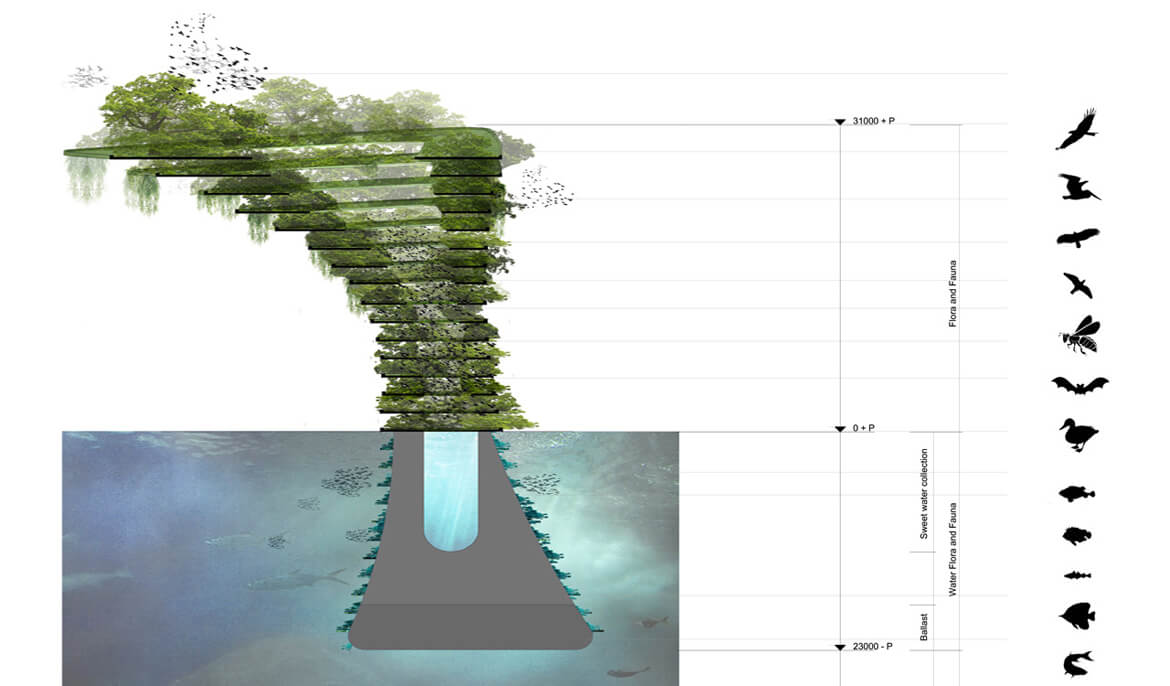
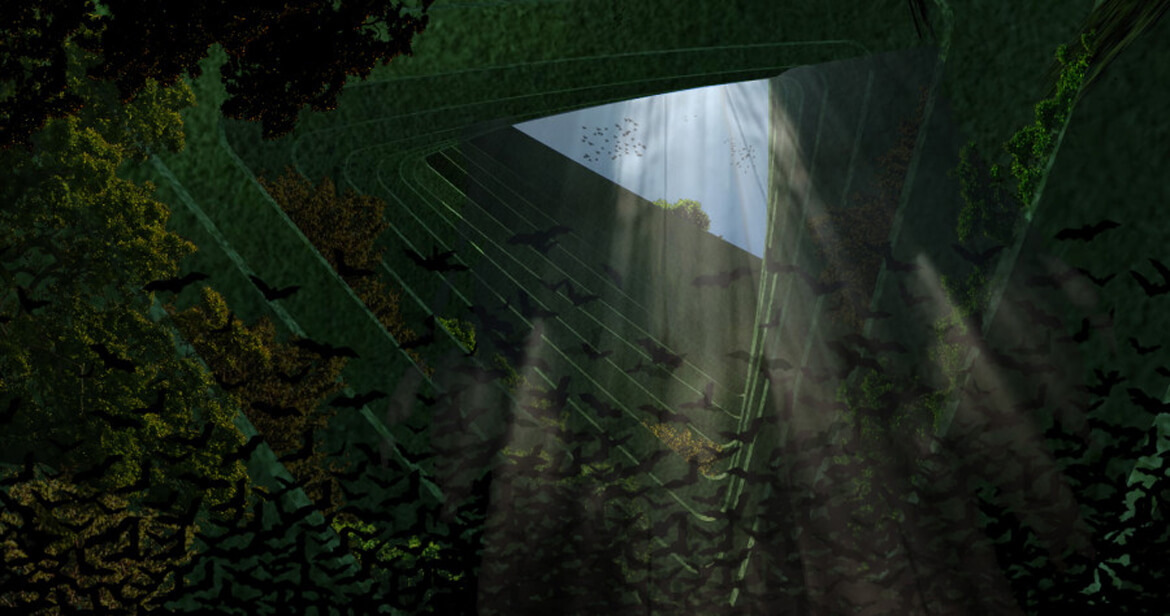
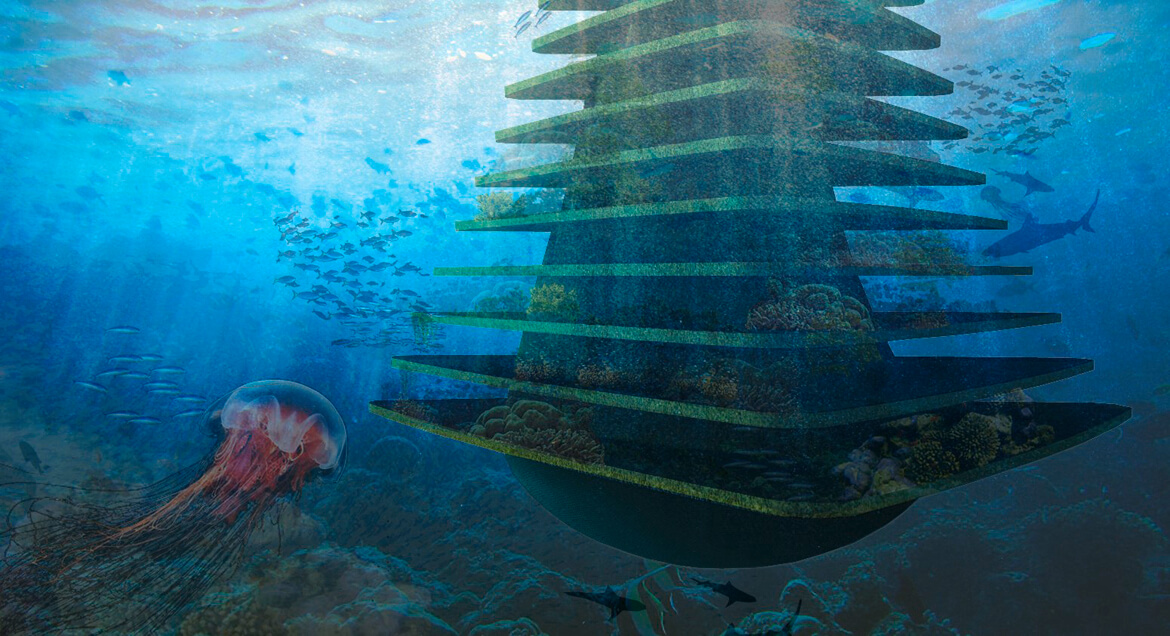

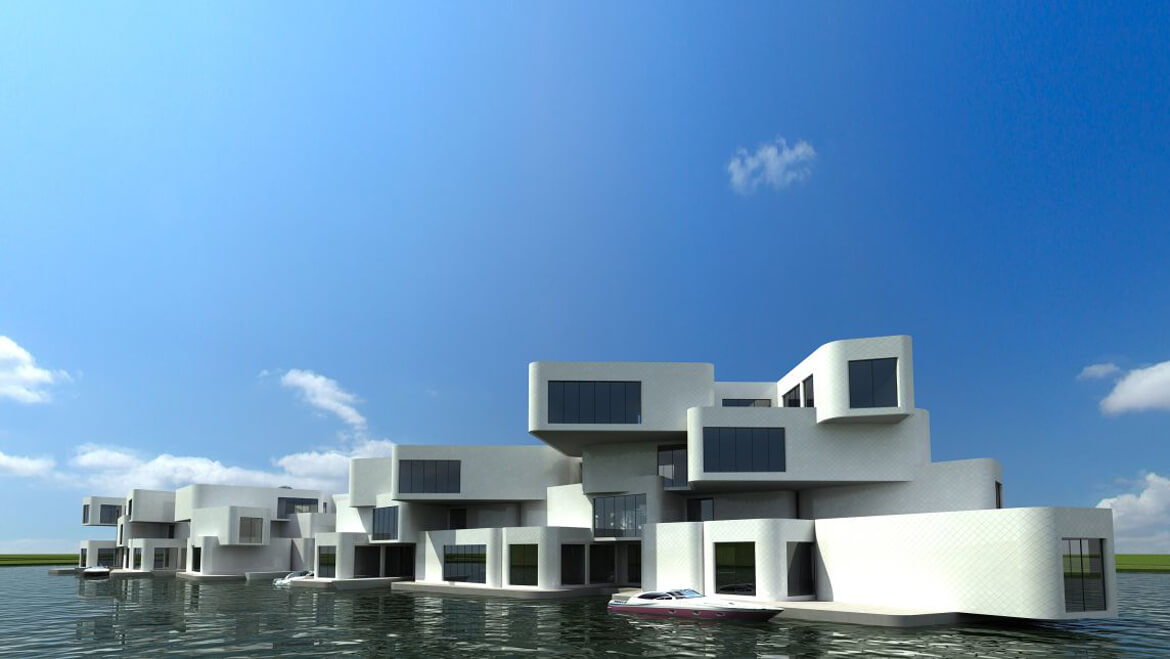
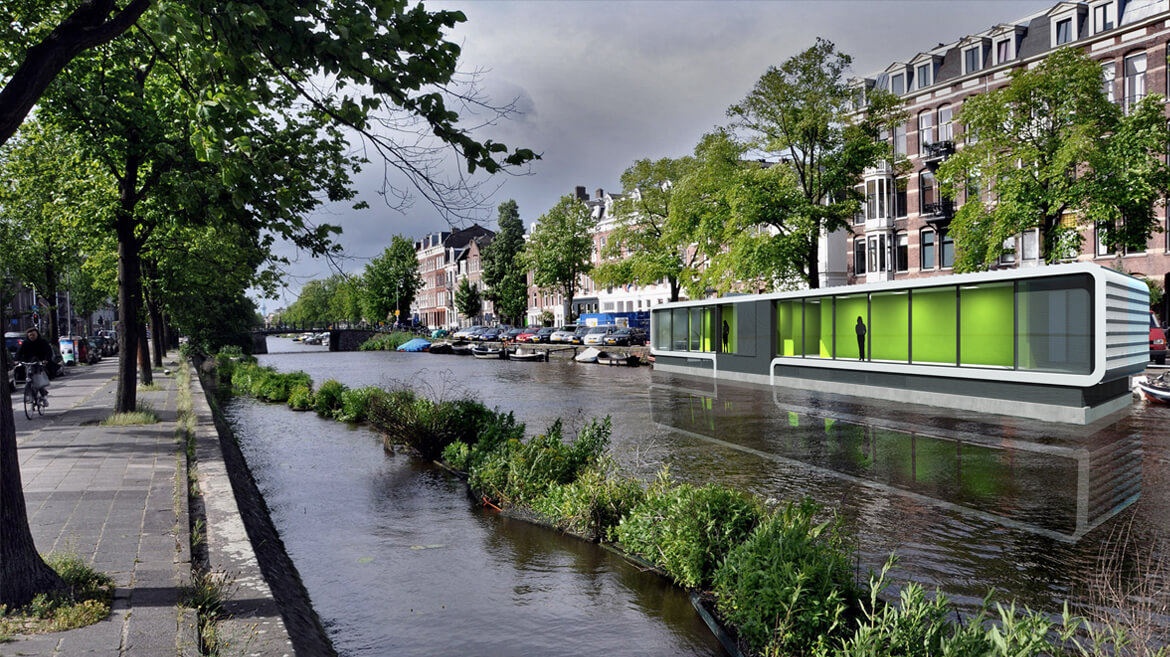
Architekton, Marko Stojcic Jun 2012
When we talk about understanding territory and its needs, and the new opportunities in architecture, an unavoidable issue is the extension of the building territory to the surfaces where no architecture had been created before and which had not been considered a potential building area. When creating architecture, it is a good thing to have something to grasp at, something that will make the project qualitatively better and more interesting, and, that, certainly, is an atypical building surface – water for example.
Netherlands example, its ventures of the expansion of the building area, is a well known project. So far the only recognized method of creating new building grounds has been the method of drainage. Contemporary architecture is looking for more attractive and less expensive solutions – building on water could be one of them.
Land growth at the expense of water surface is a response to the process of global warming. Considering reduction percentage of the land territory in the next 200 years, it is completely reasonable to take away at least as much from the water territory for building, especially because the need for the building area increases with time. The disproportion of the process reflects in the fact that the forming of the new territory will happen in already developed urban areas as a result of the need for expansion, while today’s undeveloped areas will stay as they are.
In this issue we present the most interesting projects of the Dutch bureau Waterstudio who specializes in this type of architecture, and who has, so far, come closest to realizing projects the life of which is based on water surface.
Urbanisation and climate change put a lot of pressure on available space for nature in city centres. New initiatives for adding extra park zones to a city are rare. Yet these kind of additional habitats for birds, bees, bats and other small animals could bring a lot of positive green effects to the environment of a city.
Waterstudio has designed a new concept for high density green spots in a city, the sea tree. This sea tree is a floating structure that hold in many layers green habitats for only animals. This structure is not accessible by man. The sea tree is built by offshore technology quite similar to the oil storage towers which can be found on open seas. The idea is that large oil companies donate a sea tree to a city showing their concern for a better city environment by using their own intellectual property. Space for this sea trees can be found on rivers, seas, lakes and even harbours. The height and depth of this sea tree can be adjusted depending on the location. The sea tree moves a bit along with the wind and is moored to the sea bed with a cable system. Under water the sea tree provides a habitat for small water creatures or even when the climate allows it for artificial coral reefs. The beauty of the design is that it provides a solution and at the same time does not cost expensive space on land while the effect of the species living in the sea tree will effect a zone of several miles around the moored location.
For as we know this floating tower will be the first floating object 100% built and designed for flora and fauna.
This revolutionary concept for a cruise ship-terminal consists of a floating construction in a triangular shape measuring 700 by 700 meters – enough to simultaneously host three of the world’s largest cruise ships. The floating terminal is situated outside the mainland shore to allow enough draught for even the largest cruise-ships to moor. It’s simple iconic shape is like an elegant and natural sculpture outside the shore.
The basic triangular ring is lifted up at one point creating a smaller inner harbor with a spectacular entrance arch. The lifted point acts as a landmark – a beacon marking the terminal. The inner harbor allows smaller vessels to moor in enclosed water. From here water-taxis and ferries connect the cruise ship-terminal to the mainland.
The whole structure is rigged to a foundation in the seabed by means of anchoring cables with dampers, allowing flexibility in vertical sense while ensuring stability in the horizontal plane. At nighttime the cruise ship terminal is lit in a subtle blue light, so as to bring out the bluish tint of the aluminum surface. The outside of the sculptural shape is accessible to pedestrians offering a surprising landscape amidst the open waters – a sparkling island of sculptural quality. Around the inner harbor the central circulation area leads around modern retail space. Three large foyers provide entrance to the inner harbor from which ferries leave for the mainland. The corners of the triangular shape house three larger functions. The 180 room hotel features rooms at both the waterside as well as rooms at the inner courtyard and harbor. The conference center measures a total of over 24.000 square meters, offering around 30 meeting, conference and lecture halls of various sizes. The 12.000 square meter restaurant is situated in the raised point, looking out over the open water as well as the cruise terminal itself and the inner harbor, providing a spectacular dining experience.
